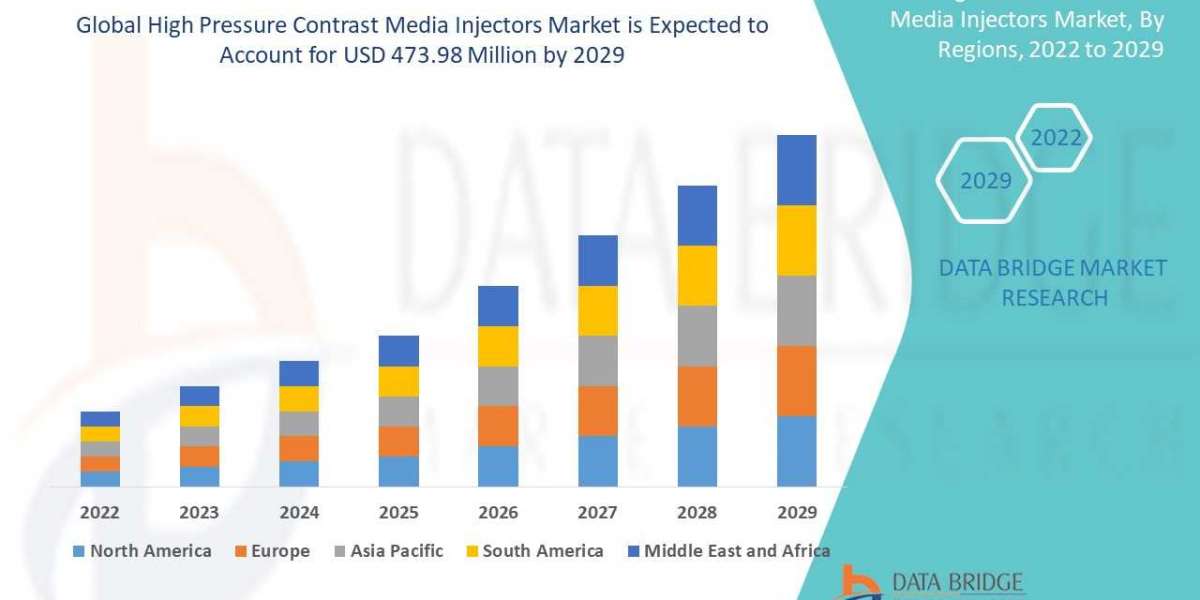Smartwatches have become integral to our daily lives, serving not just as timekeepers but as sophisticated devices that offer a plethora of features. One of the most critical components of a smartwatch is its display. In this article, we’ll explore the different types of smartwatch displays, their impact on efficiency, and how advancements in display technology enhance the overall user experience.
Types of Smartwatch Displays
Smartwatch displays come in various types, each offering distinct advantages and functionalities:
1. LCD (Liquid Crystal Display)
LCDs are commonly used in smartwatches due to their cost-effectiveness and decent color reproduction. They typically consume more battery compared to other display types but provide clear visuals in various lighting conditions.
2. OLED (Organic Light Emitting Diode)
OLED displays are favored for their vibrant colors and deep blacks, as each pixel emits its own light. This technology allows for thinner designs and more efficient power consumption, especially when displaying darker themes or backgrounds. The ability to turn off individual pixels leads to significant battery savings during use.
3. AMOLED (Active Matrix OLED)
A variation of OLED, AMOLED displays offer faster refresh rates and better response times. This is particularly beneficial for interactive applications, making animations smoother and touch interactions more responsive. AMOLED displays also enhance battery efficiency by using less power when displaying darker images.
4. MicroLED
MicroLED is an emerging technology that combines the benefits of OLED with improved efficiency and brightness. MicroLEDs promise longer lifespans, lower power consumption, and better visibility in bright conditions, making them an exciting option for future smartwatches.
Efficiency of Smartwatch Displays
The efficiency of a smartwatch display directly impacts the device's performance and battery life. Here are some key aspects to consider:
1. Power Consumption
Efficient displays help maximize battery life, allowing users to enjoy longer usage times between charges. For example, an AMOLED display can consume significantly less power when using dark themes, making it ideal for users who prefer darker watch faces.
2. Brightness and Readability
A display's ability to adapt to varying light conditions is crucial for usability. Smartwatches equipped with high-brightness displays enhance readability outdoors, ensuring users can easily view notifications and health metrics without straining their eyes.
3. Touch Sensitivity
Touch responsiveness is vital for the overall user experience. Advanced displays feature improved touch sensitivity, enabling smoother interactions and quicker access to apps and notifications. This efficiency can reduce the time spent navigating, making the smartwatch experience more enjoyable.
4. Always-On Displays
Many modern smartwatches offer always-on display (AOD) functionality, which allows users to see essential information at a glance without having to wake the device. Efficient display technology enables AOD features without significantly draining the battery, striking a balance between accessibility and power conservation.
The Future of Smartwatch Displays
As technology evolves, so too will the displays used in smartwatches. Future advancements may include:
- Higher Resolutions: Expect to see displays with increased pixel density for sharper images and text, enhancing readability and aesthetic appeal.
- Flexible Displays: Innovations in flexible display technology could allow for more unique designs, adapting to various styles and preferences.
- Enhanced Durability: Improved materials and coatings will lead to displays that are more resistant to scratches and impacts, increasing longevity.
Conclusion
The display is a critical component of any smartwatch, influencing both efficiency and user experience. With advancements in display technology, smartwatches are becoming more power-efficient while offering vibrant visuals and responsive interactions. As the market continues to evolve, users can look forward to even more innovative display features that enhance the functionality and appeal of these versatile devices. By understanding the importance of smartwatch displays, users can make informed decisions and fully leverage the potential of their smartwatches


